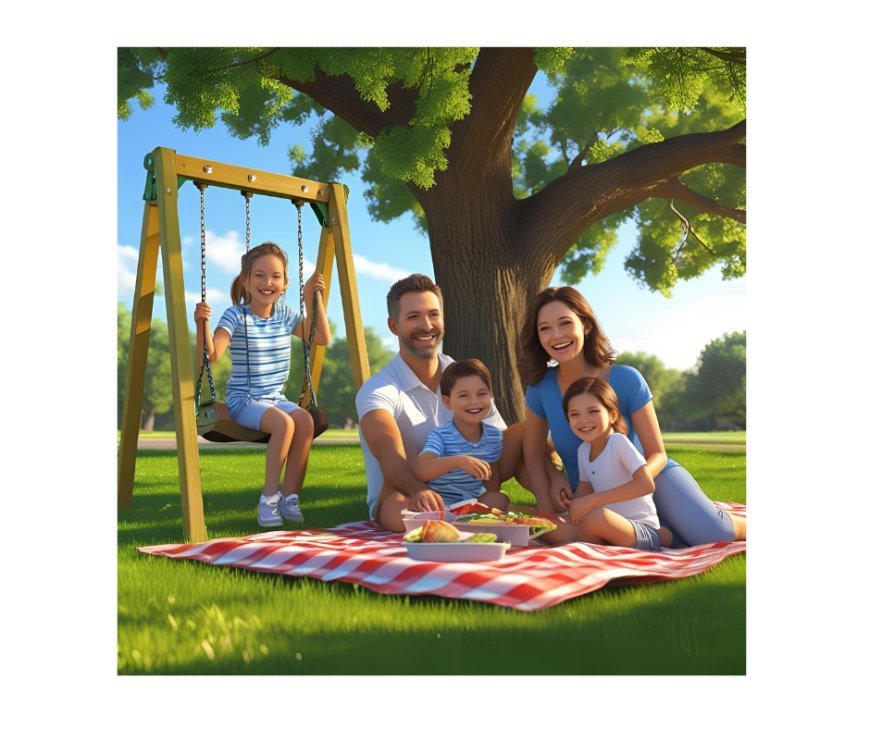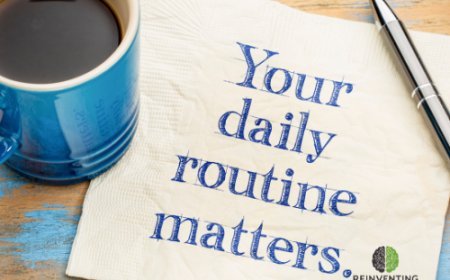Transforming Behavior at Home with the Fill Your Bucket Program
Discover the Fill Your Bucket program to improve kids' behavior at home. Use bulletin boards & prizes—try positive parenting now!

Parenting can often feel like a tug-of-war, especially when managing the behavior of children aged 3-12. Traditional methods like punishment or negative reinforcement can strain family dynamics, leaving both parents and kids frustrated. The Fill Your Bucket program offers a refreshing alternative, focusing on positive reinforcement to improve behavior at home while fostering a nurturing environment. Inspired by the concept of invisible buckets that hold happiness, this approach uses simple tools like bulletin boards and buckets with cotton balls to encourage kindness and cooperation, replacing negativity with encouragement. Here’s how to implement it with age-appropriate, inexpensive prizes and a focus on meaningful experiences.
Understanding the Fill Your Bucket Program
The Fill Your Bucket program, rooted in the book Have You Filled a Bucket Today? A Guide to Daily Happiness for Kids by Carol McCloud, teaches that everyone carries an invisible bucket that fills with positive actions like kindness and empties with negativity. For children aged 3-12, this concept transforms behavior management into a game of filling buckets—both their own and others’—with good deeds. The goal is to shift parenting away from punishment, which can breed resentment, toward a model of affirmation that builds self-esteem and family harmony.
Setting Up the System at Home
Bulletin Board and Buckets
Create a vibrant bulletin board as the centerpiece. Use a large bulletin board labeled “Our Family Bucket Board” and attach small cups or buckets (inexpensive plastic or paper cups work well) for each child, labeled with their names. Add a pipe cleaner handle to each cup for a bucket effect, and decorate with stickers or drawings to make it inviting. Fill the buckets with cotton balls to track positive behaviors—each cotton ball represents a kind act, completed chore, or helpful moment.
Tracking Progress
Assign specific behaviors to earn cotton balls, such as sharing toys, helping with dishes, or saying “please” and “thank you.” For younger kids (3-6), keep it simple: one cotton ball per task. Older kids (7-12) can earn multiple cotton balls for more complex tasks like organizing their room. When a bucket is full (e.g., 20 cotton balls), they choose a prize from the bulletin board display.
Age-Appropriate, Inexpensive Prizes
For Younger Children (3-6)
Motivate with small, affordable rewards that excite this age group:
- Pokémon Cards: A pack of 10 cards for under $5.
- Hot Wheels Cars: Mini cars for about $1 each.
- Stickers: Sheets of fun designs for $3-5.
- Chap Stick: Flavored options for $1-2.
- Nail Polish: Non-toxic, kid-friendly polish for $3.
These items are low-cost, widely available, and align with young children’s interests, turning behavior improvement into a rewarding game.
For Older Children (7-12)
As kids grow, shift focus from tangible prizes to experiences and quality time, though small items can still motivate:
- Video Game or TV Time: Offer 30 minutes of extra screen time for a full bucket, but limit this to occasional rewards to avoid over-reliance.
- One-on-One Time: Plan a special activity like a park walk or board game night with a parent, emphasizing connection over material gain.
- Experiences: Arrange a family movie night, a craft session, or a trip to a local playground, fostering memories over possessions.
For older kids, the bulletin board can feature a chart tracking “experience points” earned through cotton balls, redeemable for these outings.
Removing Negative Aspects of Parenting
The Fill Your Bucket program eliminates punishment by focusing on what children do right. Instead of scolding for forgotten chores, parents praise completed tasks with cotton balls. This builds a positive feedback loop, reducing power struggles. For example, if a child forgets to tidy up, gently remind them, “Let’s fill your bucket by picking up those toys!” Avoid labels like “naughty” or “lazy,” which can damage self-worth, and replace them with encouragement like “You’re working hard to fill your bucket!”
Implementing the Program
- Introduce the Concept: Read Have You Filled a Bucket Today? (Amazon Link) with your children to explain the idea. For older kids, try Growing Up with a Bucket Full of Happiness.
- Set Clear Expectations: Discuss behaviors that fill buckets (e.g., helping a sibling) and avoid those that empty them (e.g., yelling), without punishment for “dipping.”
- Celebrate Milestones: When a bucket fills, host a small family celebration—perhaps a dance party or story time—to reinforce positivity.
- Adapt as Needed: Adjust tasks and prizes as children grow, ensuring the system remains engaging and age-appropriate.
Benefits and Long-Term Impact
This approach nurtures intrinsic motivation, teaching kids that kindness and effort bring joy. Over time, it reduces tantrums and defiance, replacing them with cooperation. Parents report stronger bonds, as the focus shifts from correction to celebration, creating a home where everyone’s bucket stays full.
What's Your Reaction?
 Like
0
Like
0
 Dislike
0
Dislike
0
 Love
0
Love
0
 Funny
0
Funny
0
 Angry
0
Angry
0
 Sad
0
Sad
0
 Wow
0
Wow
0





















